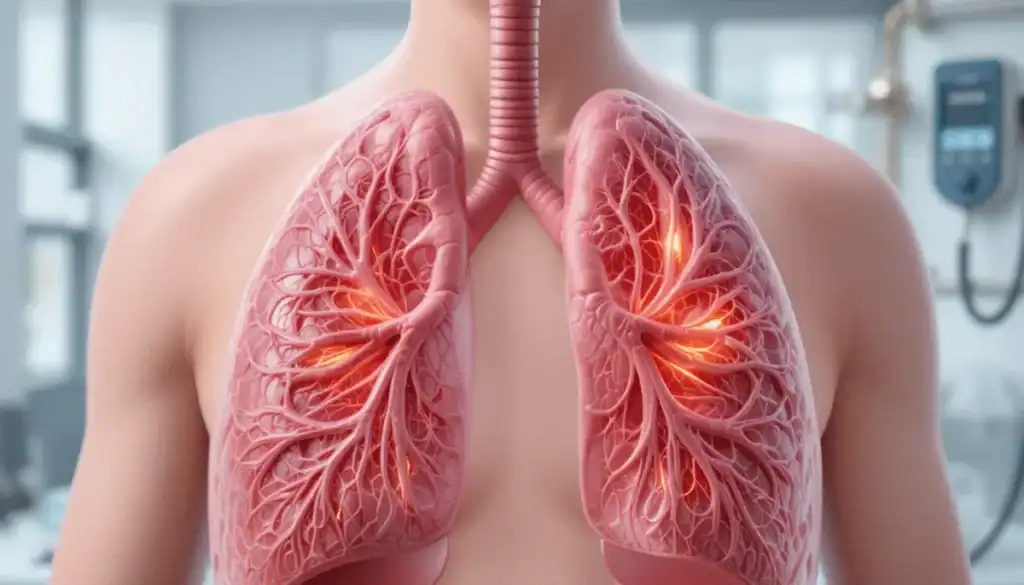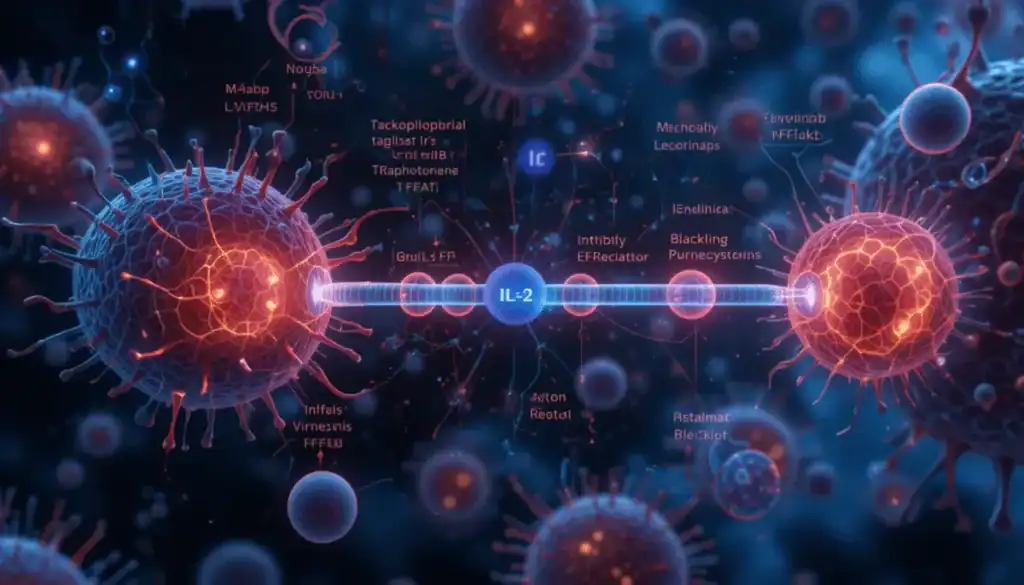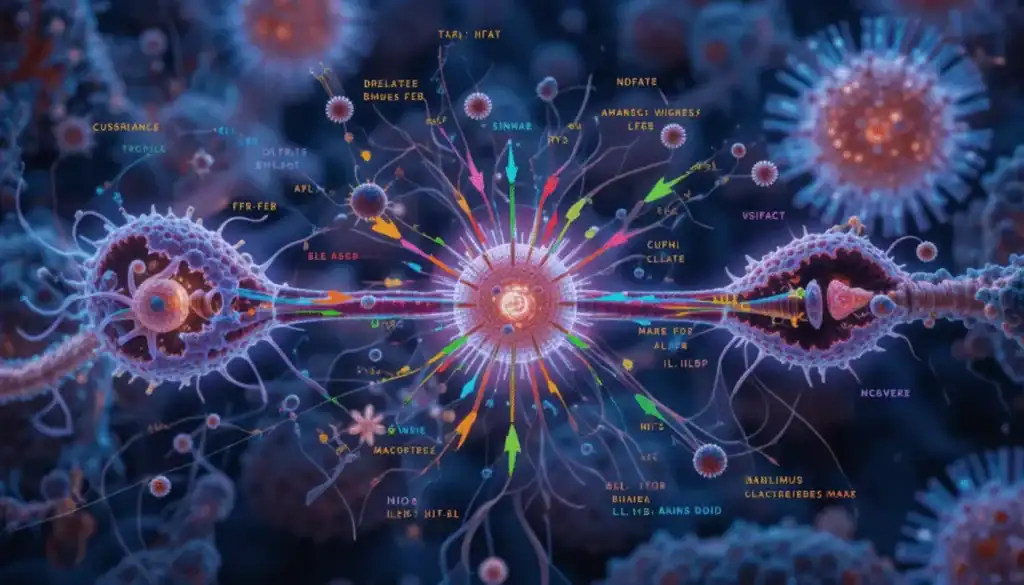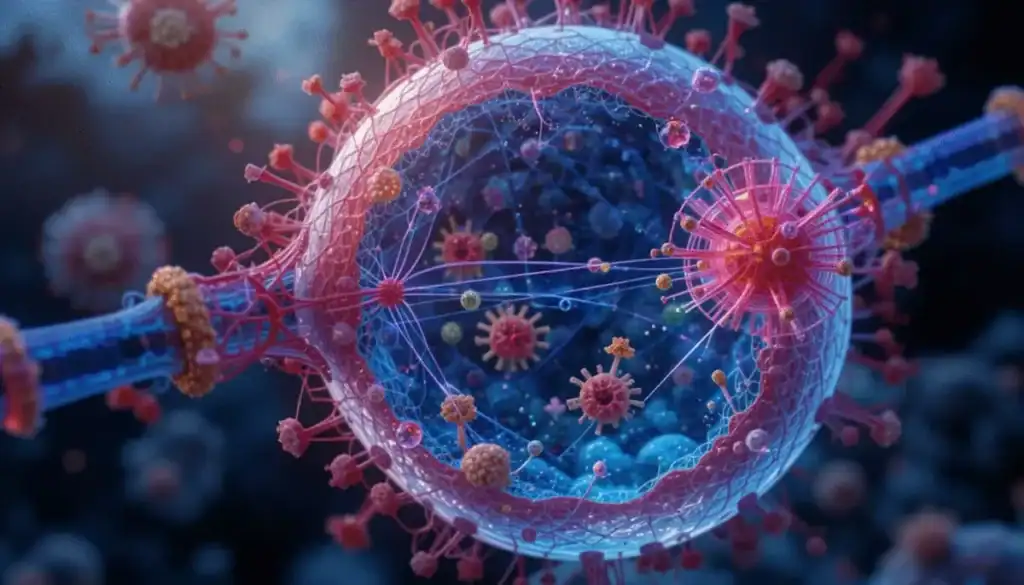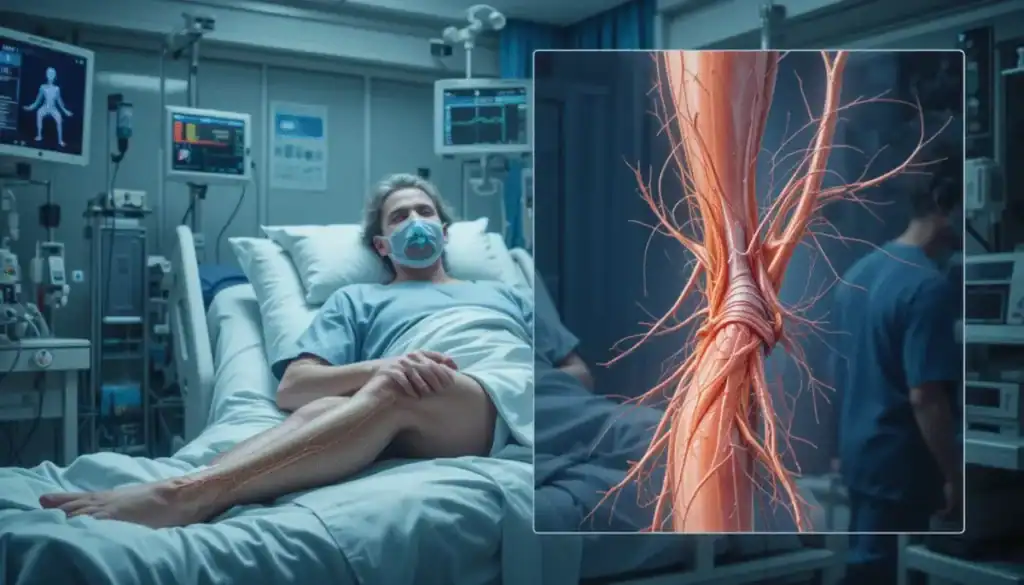Asthma Explained: Causes, Symptoms, Diagnosis, and Step-by-Step Treatment
Asthma is a chronic inflammatory disease of the airways marked by reversible airway obstruction, bronchial hyperresponsiveness, and inflammation. It affects millions worldwide and, if uncontrolled, can severely impact quality of life. In this article, we’ll break down asthma’s clinical features, classification, diagnosis methods, and treatment options — from mild intermittent symptoms to severe persistent asthma. […]
Asthma Explained: Causes, Symptoms, Diagnosis, and Step-by-Step Treatment Read More »

